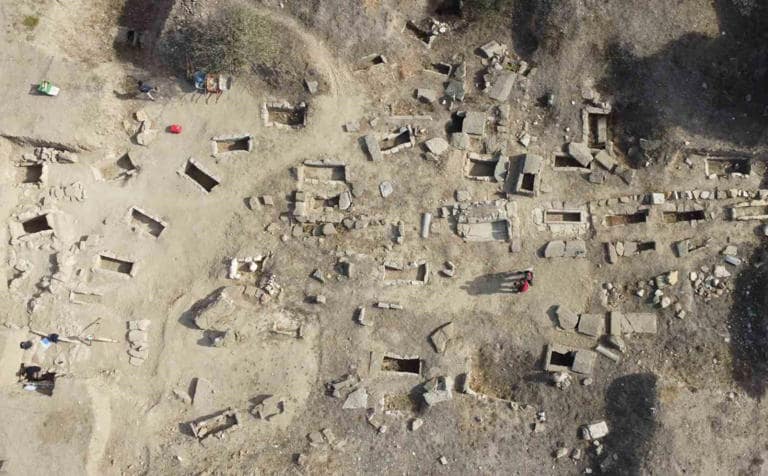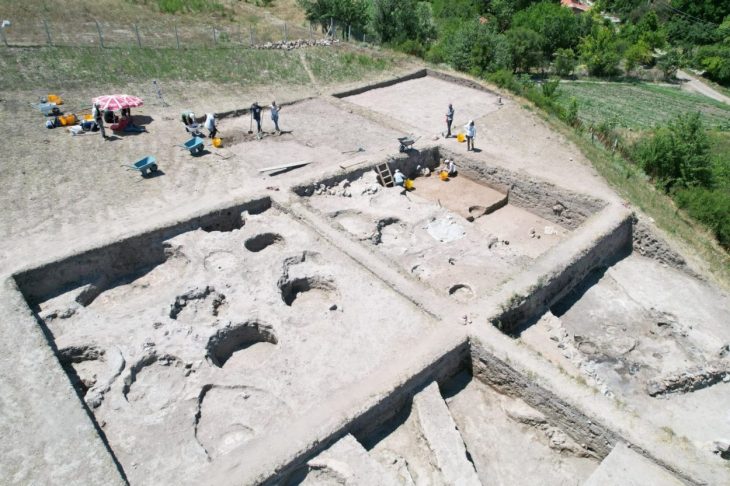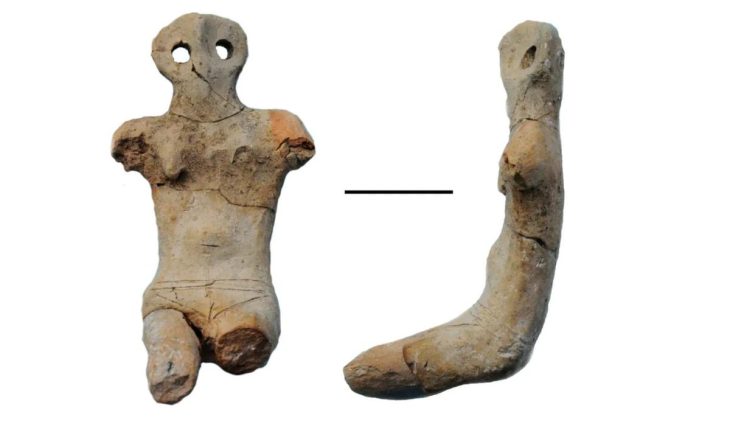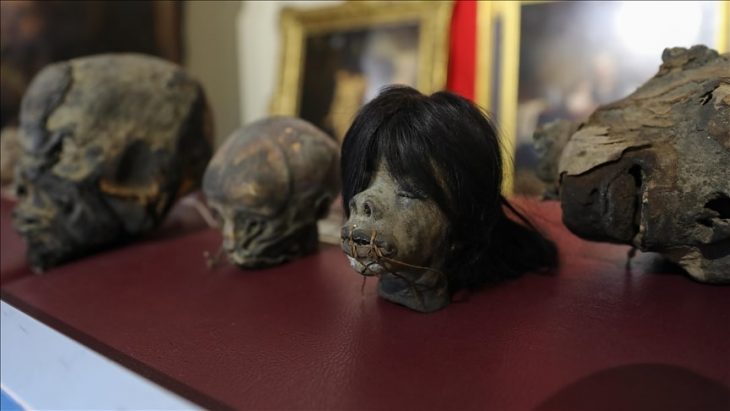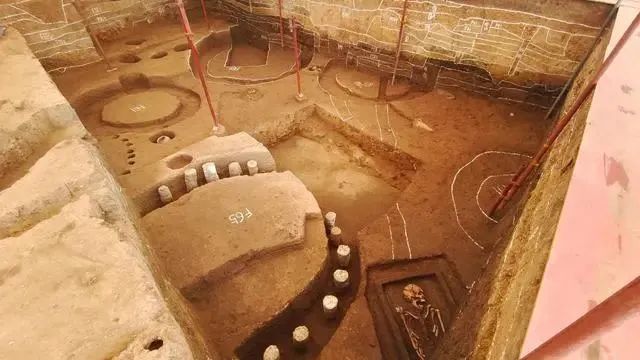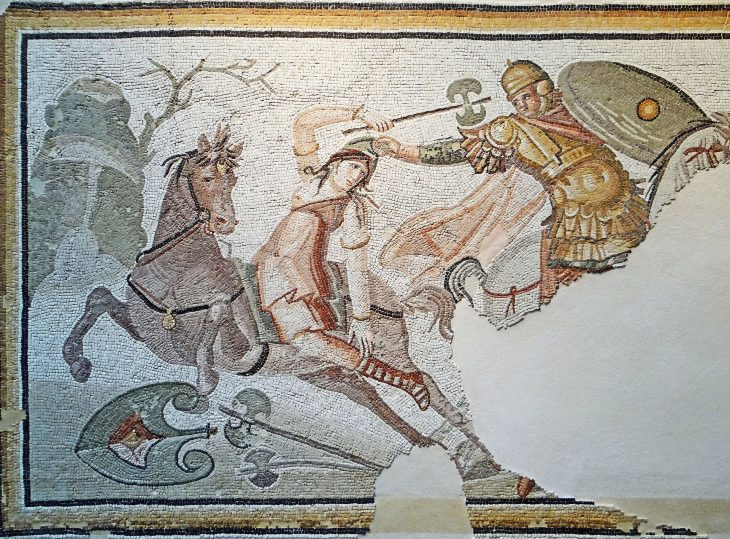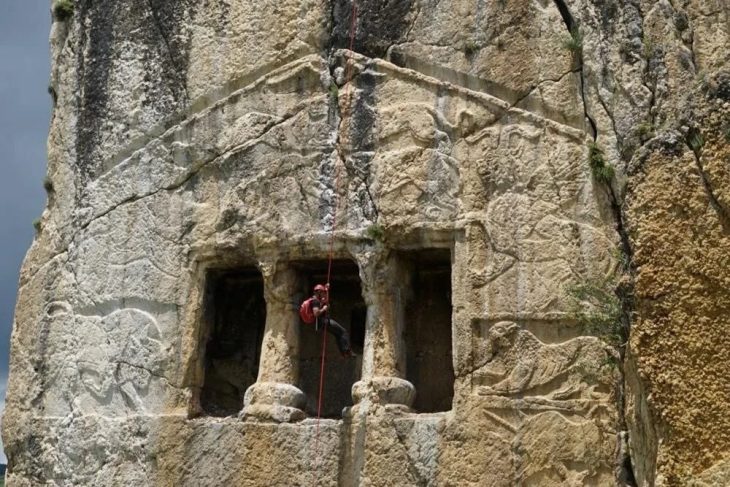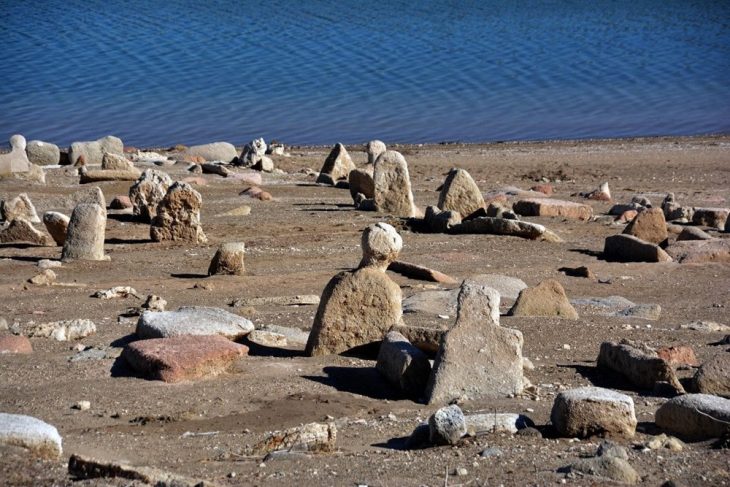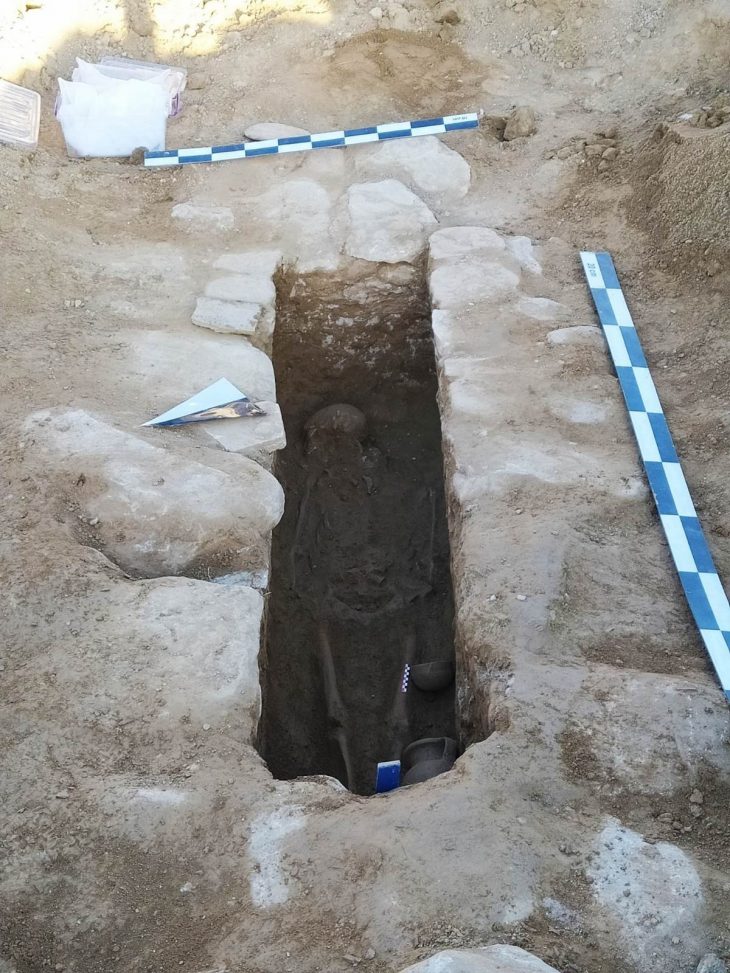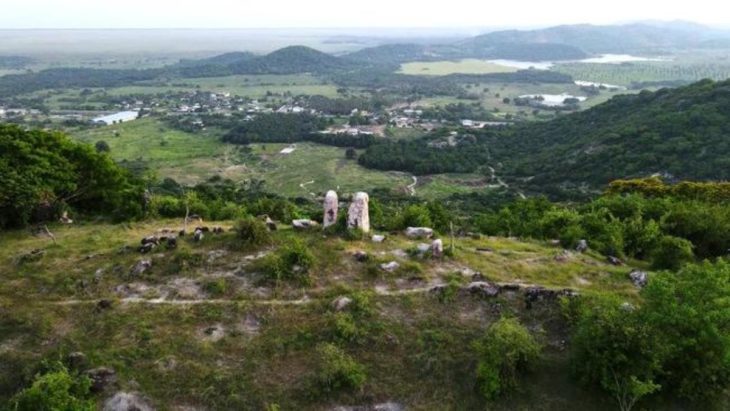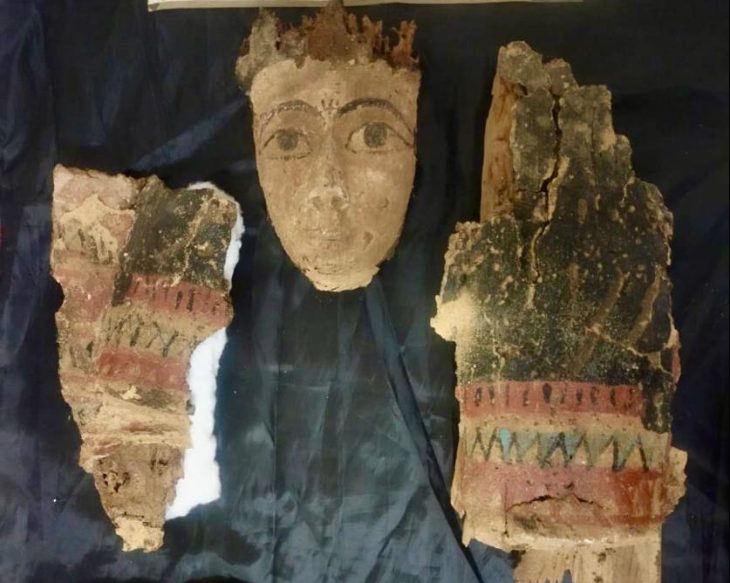A 2700-year-old children’s cemetery was discovered during ongoing excavations in the ancient city of Tenedos in Bozcaada, southeast of the Dardanelles.
Bozcaada (Tenedos) Bozcaada is the modern Turkish name for the legendary island of Tenedos. The name Tenedos refers to the legendary hero Tenes, who ruled the island during the Trojan War. According to legend, Tenedos was the staging station of the Greek task force under Agamemnon during the Trojan War. It was used by Xerxes as a base during the Persian War.
Discoveries continue in the ongoing excavations in the ancient city of Tenedos under the direction of Çanakkale Onsekiz Mart University Archeology Department Faculty Member Professor Turan Takaoğlu.
During the 2023 excavations, many child graves were detected in the necropolis area of the city. It was noteworthy that children who died at an early age had different types of burial practices. The children were buried with their grave goods in Pithos tombs, amphora tombs, and stone masonry tombs.

Grave within a grave
The most interesting of the children’s graves was a 6th century BC pithos or cube grave into which a second pithos grave was placed in the 4th century BC.
Six terracotta figurines and a bronze pin in the shape of a horse’s foot were placed inside the later pithos grave.
These statuettes depict two dancers wearing Phrygian headdresses, one of them a woman playing the stringed musical instrument lyre, and the remaining three standing women in Eastern costumes that can be associated with the cult of Dionysus, the Greek god of wine.
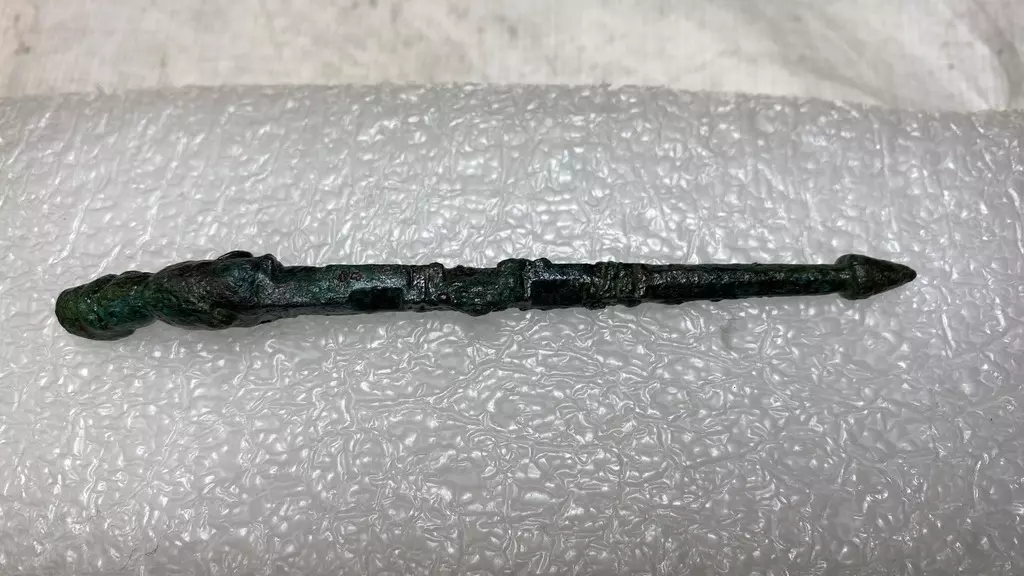
The figurines were subjected to restoration and conservation procedures by Dr. Çilem Yavşan. After the excavation season, the finds were delivered to the Troy Museum Directorate.
Professor Ömer Can Yıldırım, Vice President of the Excavation, told İHA that excavation works were carried out in Bozcaada Castle and Ancient Necropolis Area in 2023.
Yıldırım said, “Especially in the studies carried out in the Necropolis area, an area previously unknown in the archaeological literature and limited as a burial area for children was detected. Among the graves identified in this area, the structure we defined as a pithos grave showed the feature of a pithos within a pithos and provided the emergence of data that was not previously known in archaeological data.”
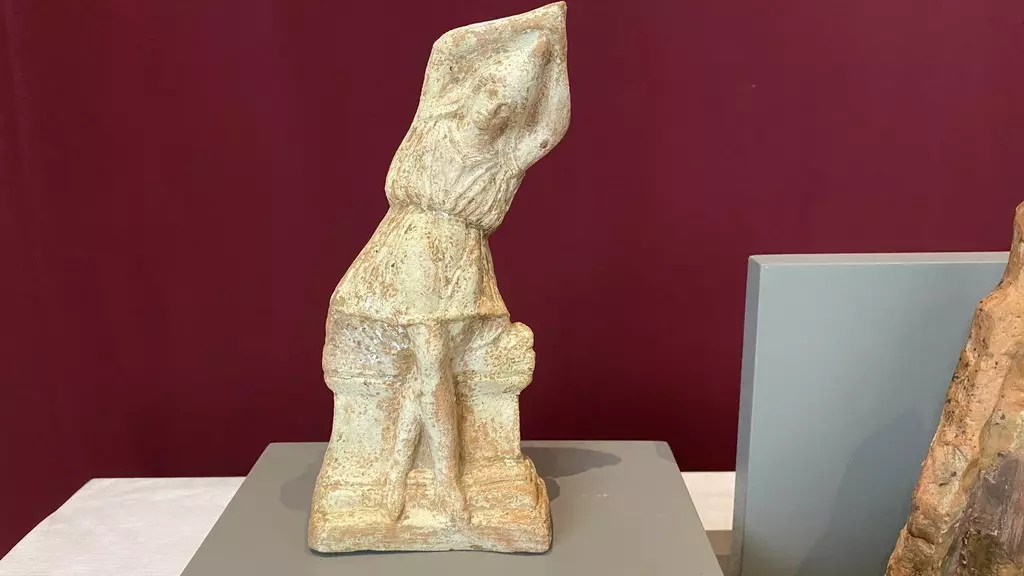
“The first burial here was made in the 6th century BC and then, after a period of about 200 years, a second burial was made in the 4th century BC, that is, in the Late Classical Period,” said Professor Yıldırım.
Yıldırım said, “When we look at the general characteristics of the artifacts, the way they are dressed, the goddess motifs are indicative of the beliefs that prevailed in this period and the respect for children buried at a young age related to reaching God. When we evaluate these artifacts in terms of history, the stylistic and analogical features of the artifacts show that these artifacts were manufactured approximately 2,700 years ago and placed in the grave of a child who died at a young age.

“We can say that the types of clothing found on the artifacts are more related to the eastern Phrygian culture and the cult of Cybele as well as Dionysus. This feature clearly shows us that this religious ideology was dominant especially in the 4th century BC in the Necropolis of Tenedos. The typological features reflected by the artifacts provide us with significant data in understanding the cultural characteristics of the Tenedos Necropolis during the Late Classical Period,” he said.

